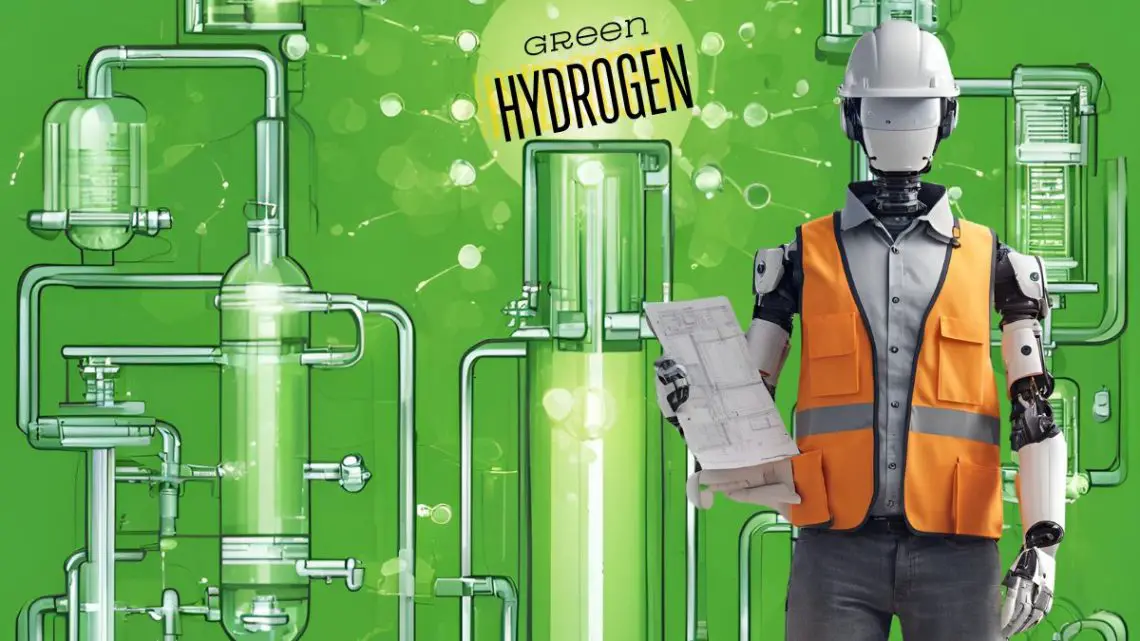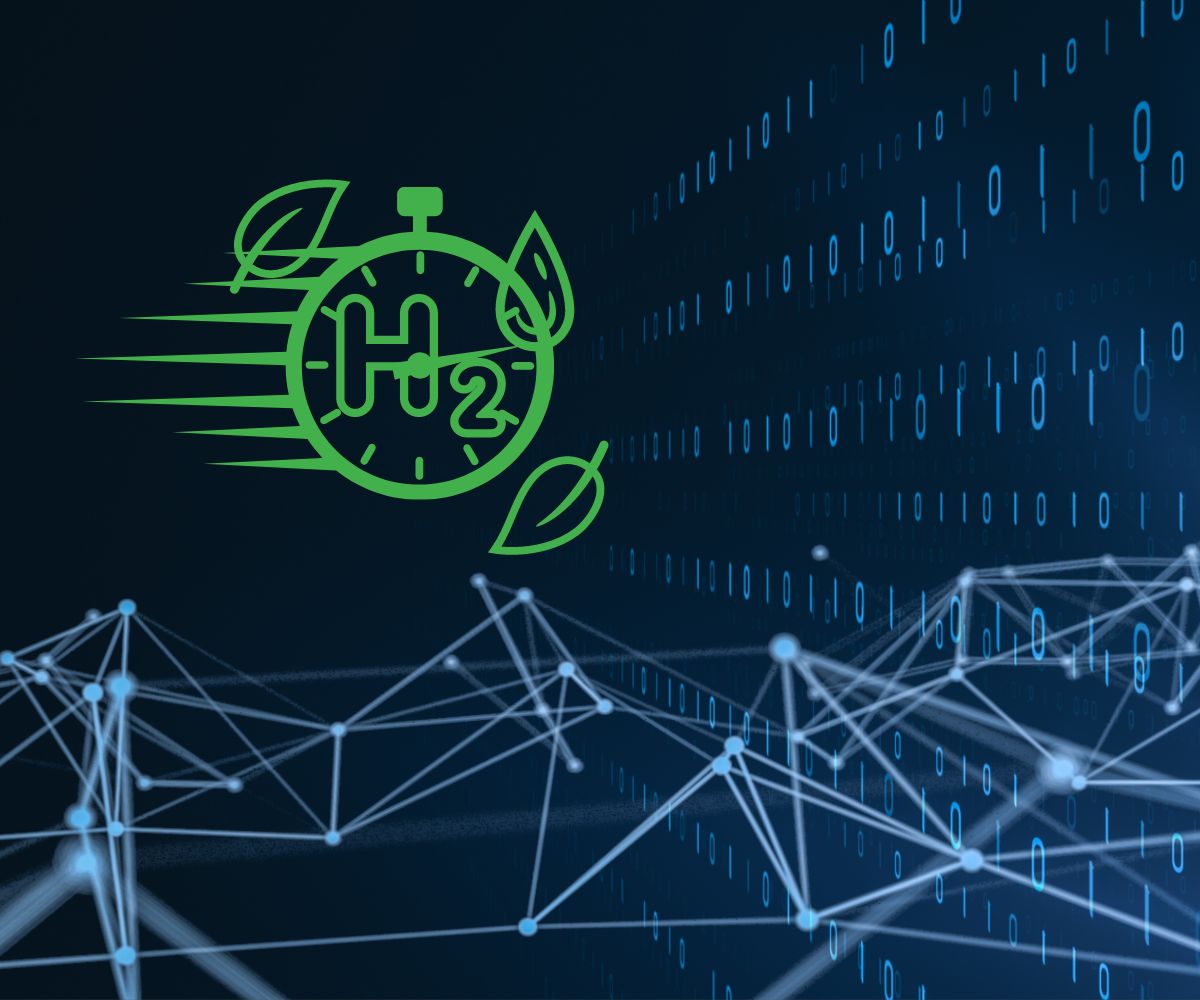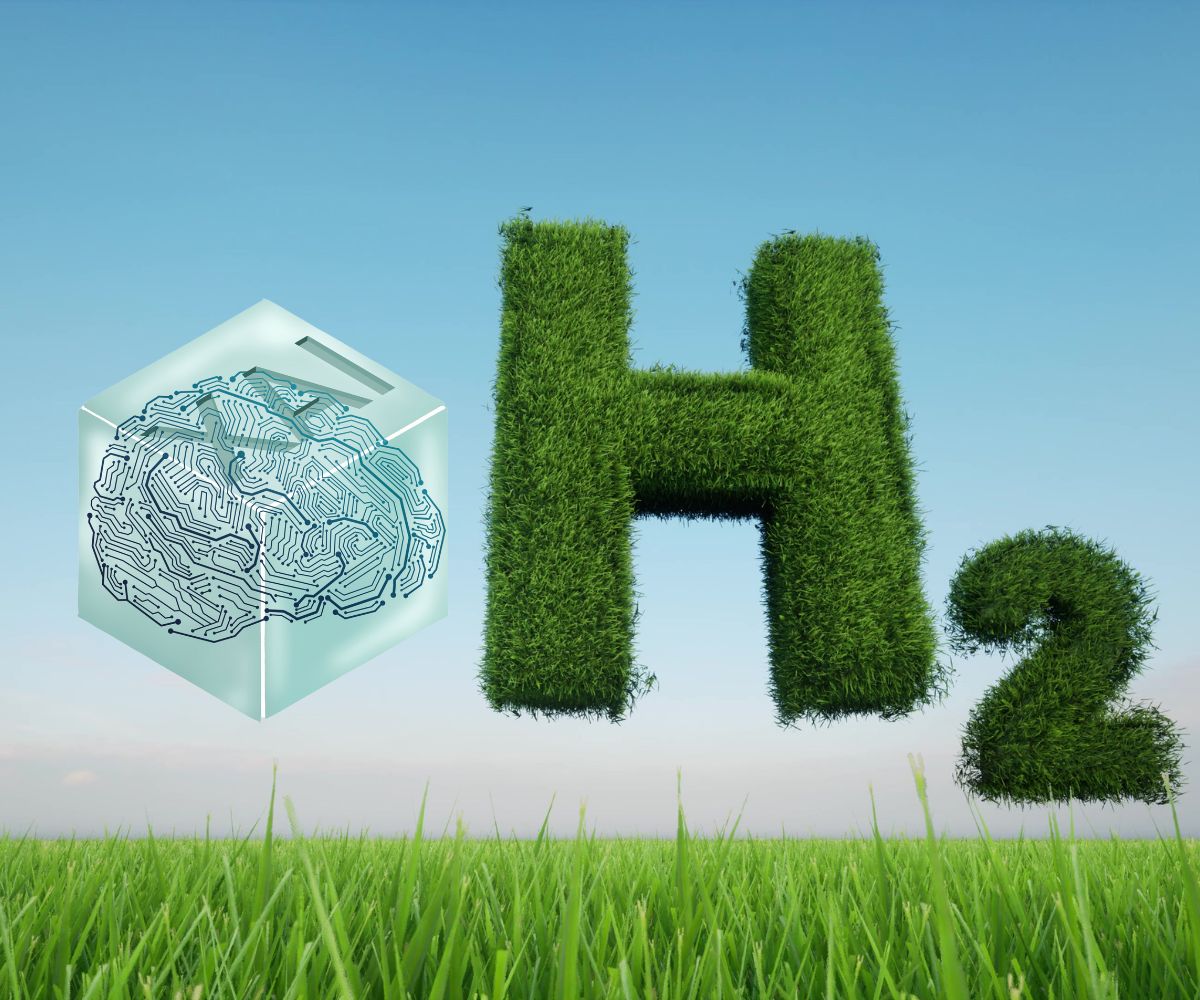
How Can AI Drive Rapid Success in Green Hydrogen Projects?
May 29, 2024Obstacles facing green hydrogen development
Amongst the many “colours” of hydrogen, “green” hydrogen is made via electrolysis of water, which splits water into hydrogen and oxygen with no carbon emissions (often using electricity generated from renewable sources).
Electrolysing water is an energy-intensive method of hydrogen production. To achieve any given yield, the cost of the energy input cost is higher than other forms of hydrogen production, resulting in a more expensive product. From the buyer’s perspective, on pure financials alone buying green hydrogen is the less attractive proposition and other colours of hydrogen production hold the edge.
Looking beyond pure efficiencies and price, however, and green hydrogen possesses environmental benefits compared to other forms of production. By powering electrolysis with solar and wind-derived energy, green hydrogen is created with zero carbon emissions at the point of production comparing very favorably with brown and black hydrogen. 
AI as a design and operations tool
AI can be used to enhance the physical design of facilities by maximizing the process efficiency of that design through a number of techniques:
- digital twin: physical facilities replicated in digital form can be interrogated, tested and redesigned using AI, reducing design and performance risk and the cost of capital that goes with it. Efficiency and quality can be achieved “by design” without the cost associated physical “trial and error” experimentation.
- live data analysis: AI can be used to iteratively crunch through large numbers of diverse data sets in near-real time, honing in on the optimal sweet spot on the fly by “learning lessons” from different data that at first appears incompatible or contradictory.
- software-centric automation: AI can help control factors within production to increase safety, whilst running plants at peak efficiency.
- predictive power: by analysing quality and production metrics AI can be used to predict and locate equipment failures.
The sheer speed at which AI processes data makes it a useful tool to eliminate options, rank and prioritise the most fruitful options.
Researchers at the US Department of Energy’s Argonne National Laboratory have already demonstrated the benefit to the hydrogen economy of using AI in this way. Tasked with investigating organic molecules for suitability as liquids to carry hydrogen (to make transportation safer and easier), AI narrowed the field from 160 billion possibilities to just 41 molecules in only 14 hours. It is estimated that a conventional computer-based analysis would take 5 years to achieve the same result. 
The AI-human interface
Explainable AI (XAI) is an emerging AI tool that integrates with real systems and data to produce a system that can justify the decisions it makes and conclusions it reaches in human readable form.
The human readable form element is both novel and vital, marking a shift away from ‘black box’ decisions. Researchers and operators can use the outputs of XAI as a springboard to generate new hypotheses and direct further research in order to gain deeper insights into the interaction of production variables.
XAI has already been projects are developing in this sector already, for example in Scotland the University of Aberdeen are launching a collaboration to produce a Decision Support System to tackle production shortfalls.
AI that glitters
There is little doubt that AI, with its potential speed and user-friendliness, will have a material impact on the development of green hydrogen as a cost-effective fuel and with that the move from the fossil fuel economy. However, it is important to weigh the cost and risks when calculating the benefit.
AI itself is an energy-intensive system, requiring and the complexity of data AI can process requires significant computational power. As the volume of data produced at green hydrogen facilities increase, so will our reliance on AI in order to make sense of that data increase. The job of AI will never be done, and its demand for power – both processing and electrical – will continue.
At the same time, some commentators are already suggesting that we have reached “peak AI” in other sectors, and the extent of gains facilitated by AI are not guaranteed.
As the computers running algorithms become an increasingly relied upon by business, it is easy to see that those computers will become the target of cyber crime, espionage and sabotage. It is vital that business and researchers invest properly in the protection of the intellectual property and business-critical functions that are represented by their AI models.
Conclusion
There is great potential for green hydrogen’s significant environmental benefits to be unlocked by increasing efficiency and reducing the cost-base of green hydrogen.
By using AI intelligently and properly investing in its development and protection as a crucial asset of a green hydrogen business, there is potential that green hydrogen will soon be a cost-effective and competitively-priced energy source that also delivers synergies for other areas of the net-zero economy.

Jonathan Croley
The piece has been authored by Jonathan Croley, Partner at Ashfords LLP. Jonathan advises on a broad range of commercial contracts with a particular focus on arrangements relating to infrastructure, energy, waste, and rural sectors, so I hope you agree he’s a great voice for our readers. Connect with him on LinkedIn



 With over 15 years of reporting hydrogen news, we are your premier source for the latest updates and insights in hydrogen and renewable energy.
With over 15 years of reporting hydrogen news, we are your premier source for the latest updates and insights in hydrogen and renewable energy.